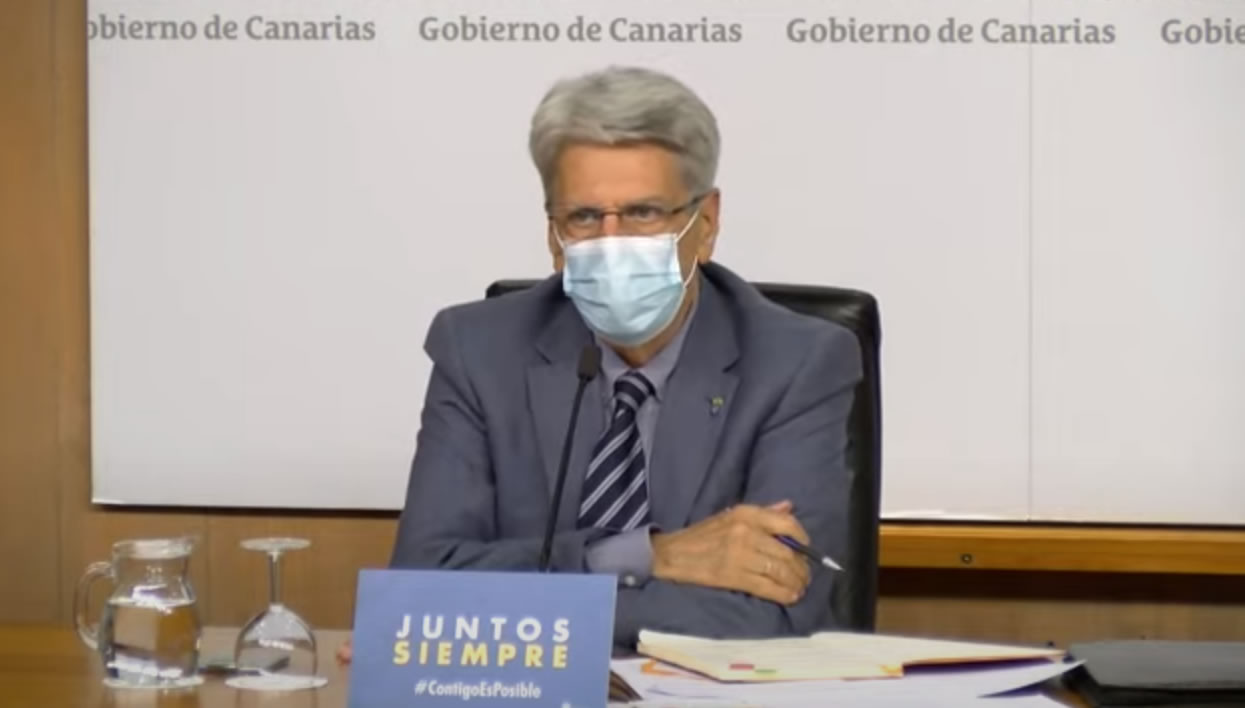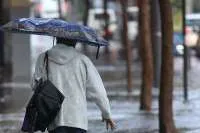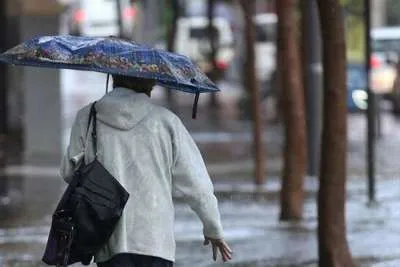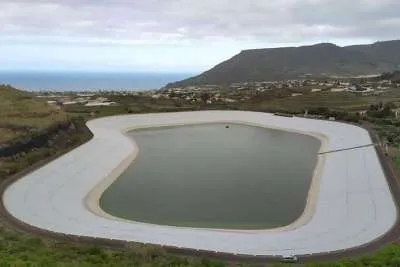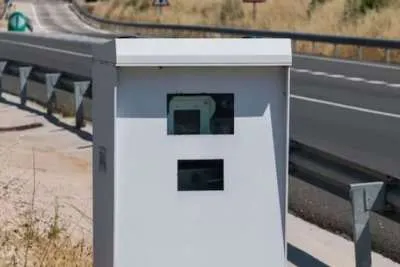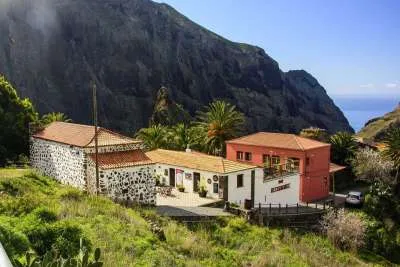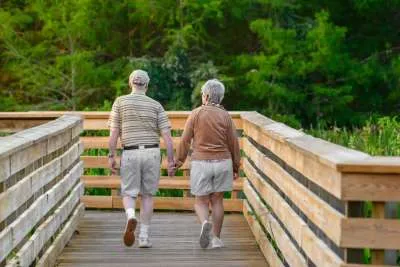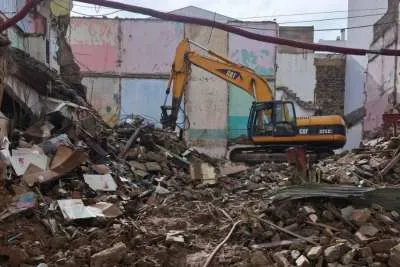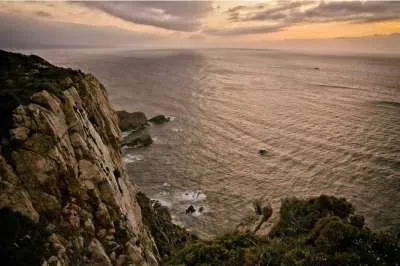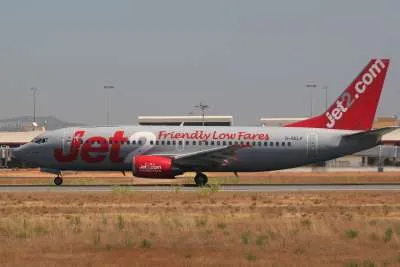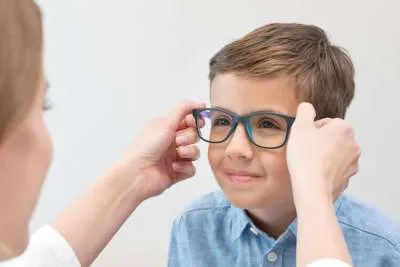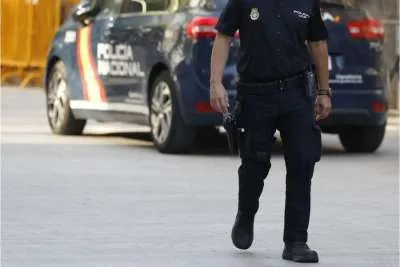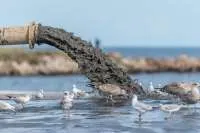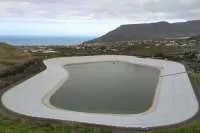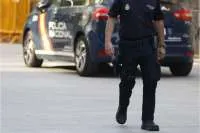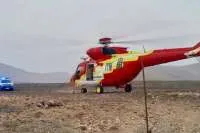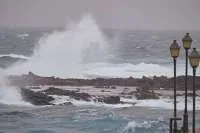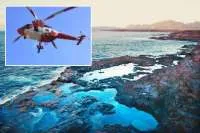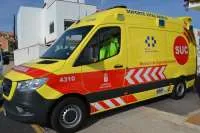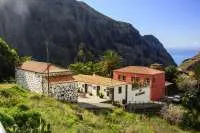Gran Canaria drops to Level 2, Fuerteventura to Level 1, Tenerife stays in Level 3
- 29-04-2021
- National
- Canarian Weekly
Following this week’s Governing Council review of the alert levels in the Canary Islands, the Government spokesman, Julio Pérez, announced in the press conference that Gran Canaria has dropped to alert Level 2 due to the continuing downward trend in their epidemiological data, and that Tenerife remains in Level 3 for at least until Tuesday, when its situation will be reassessed again.
Perez said that in the case of Tenerife, although there has been a reduction in the number of infections, the Government believes that it is "more prudent" to wait for this reduction to consolidate, since the island continues to have a number of cases that, although it is decreasing, it is practically over one hundred a day and sometimes double that of Gran Canaria which has seen a steady decline over the last 14 days.
He also confirmed that Fuerteventura has been reduced to Level 1 as their data continues to be favourable and the restrictions are deemed to have been a great success on that island with an incidence rate (IA7) today of 29.23 cases per 100,000 inhabitants.
The rest of the islands are staying at their current levels, so all are as follows:
- LEVEL 3: Tenerife (curfew 11pm, max group size 4, interiors closed, terraces 50%)
- LEVEL 2: Gran Canaria, Lanzarote, El Hierro (curfew 11pm, max group size 6, interiors 50%, terraces 75%)
- LEVEL 1: Fuerteventura, La Plama, La Gomera (curfew Midnight, max group size 10, interiors 75%, terraces 1000%)
Perez also confirmed that that the Canaries Government is in negotiation with the UK alongside the Balearics, for the possibility of allowing British tourists in to both sets of islands from May, independently from mainland Spain, as long as the incidence rates allow. This was announced by the UK Ambassador in Spain, Hugh Elliott this morning, during his visit to Majorca.


